Complete Solutions to Solved Example of chapter ORGANIC REACTION MECHANISM of Class 11 book with complete answers and questions
| Class 11 | CHEMISTRY |
| Chapter | ORGANIC REACTION MECHANISM |
| CENGAGE CHEMISTRY | Solved Example |
| Number Of Questions | 33 |
| Academic Year | 2023-24 |
Explain how the stereochemistry of `SN^1` and `SN^2` differs.
05:01View Solution(a) Define dielectric constant.
(b) How does dielectric constant affect `SN^1` rates ?
(c) Explain why solvolyses are much faster in `EtOH` than in acetone even though both solvents have the same dielectric constants.04:43View SolutionGive the equation of methanolysis of `[Me_3CSMe_(2)]^(oplus) Br^(Ө)`.
02:01View SolutionHydrolysis of 2-bromo-3-methyl butane `(2^@)` yields only 2-methy-2-butanol `(3^@)`, explain.
03:02View SolutionWrite structure for the solvolysis of `Et_3 C-Cl` with :
(a) `MeOH`
(b) `MeCOOH`
(c) `HCOOH`.06:06View SolutionExplain the relative rates of `RX` with `H_2 O + EtOH` at `25^@ C` as given :
(i) `MeBr (2140)`
(ii) `MeCH_2 Br(171)`
(iii) `Me_2 CHBr (4.99)`
(iv) `Me_3CBr (1010)`
(b) Why is `EtOH` added to water ?03:52View SolutionPredict the order of nucleophicity of `X^(Ө)` in the following reaction :
 .03:18View Solution
.03:18View SolutionGive the product of the following displacement reactions :
(a) `(R )-CH_3CHBrCH_2CH_3 + MeO^(Ө)`
(b) `(S)-CH_3CHBrCH_2 CH_3 + MeO^(Ө)`
(c) rac, cis-Iodo ethyl cyclohexane `+ overset (Ө)O H`
(d)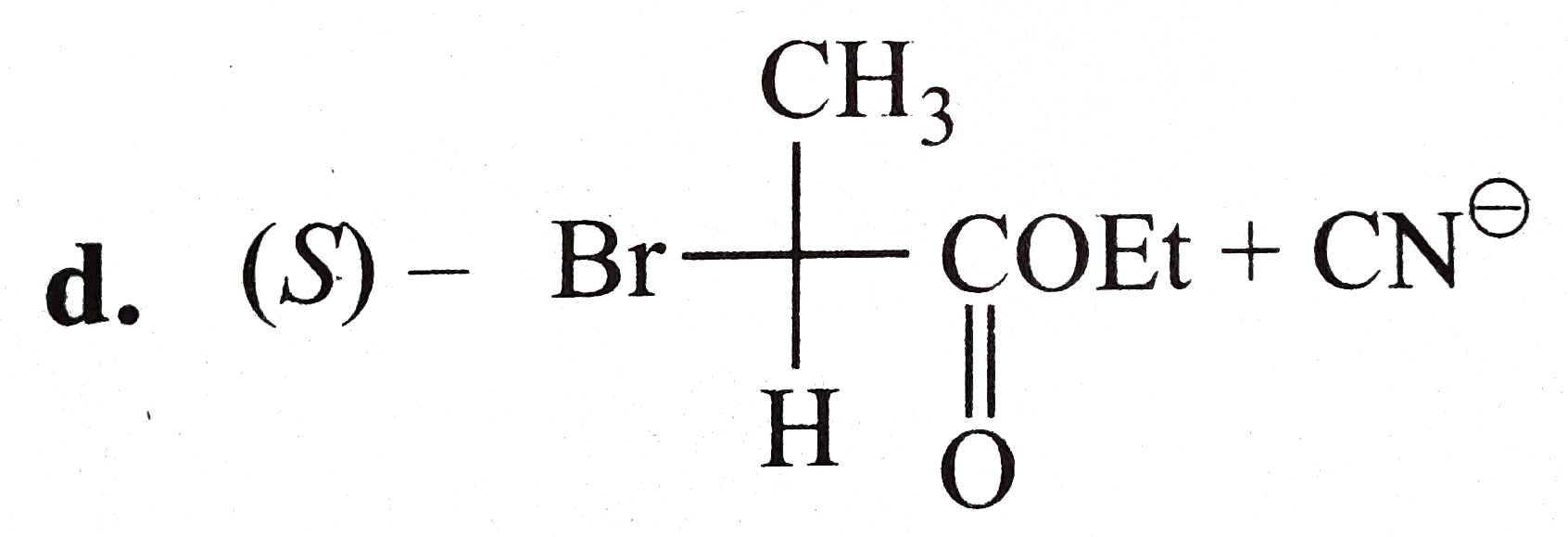 .03:57View Solution
.03:57View SolutionExplain
 .03:10View Solution
.03:10View SolutionWhen 3-chlorocyclopropene (A) is treated with `SbCl_5`, it gives a stable salt `(B), C_3H_3SbCl_6`, which is highly polar. Further, when (A) is treated with `AgBF_4`, it gives a white precipitate of `AgCl` and a crystalline salt (C). Explain.
01:25View SolutionExplain :
(a) An aq. Solution to troplylium bormide `(C_7 H_7Br)` on treatment with `AgNO_3` gives a pale yellow precipitate.
(b) Cycloheptatrienyl cation has a low `pi` -electron energy than its open-chain counterparts.
(c) Cyclo-octatetraene reacts with 2 mol of potassium to yield a stable compound.02:46View SolutionGive the order of reactivity towards aqueous `HCOOH` of the following.
 .04:38View Solution
.04:38View SolutionGive the order of hydrolysis in `SN^1` process for the following :
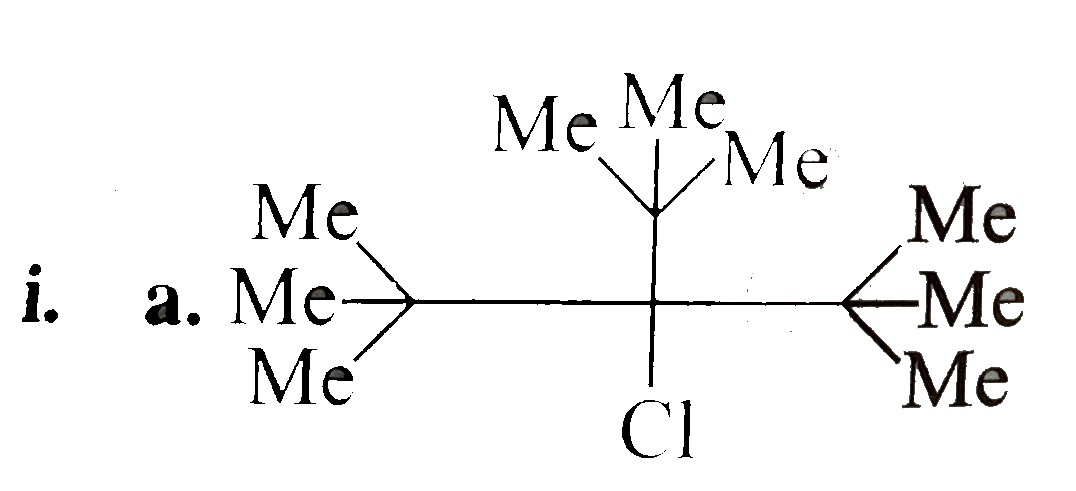
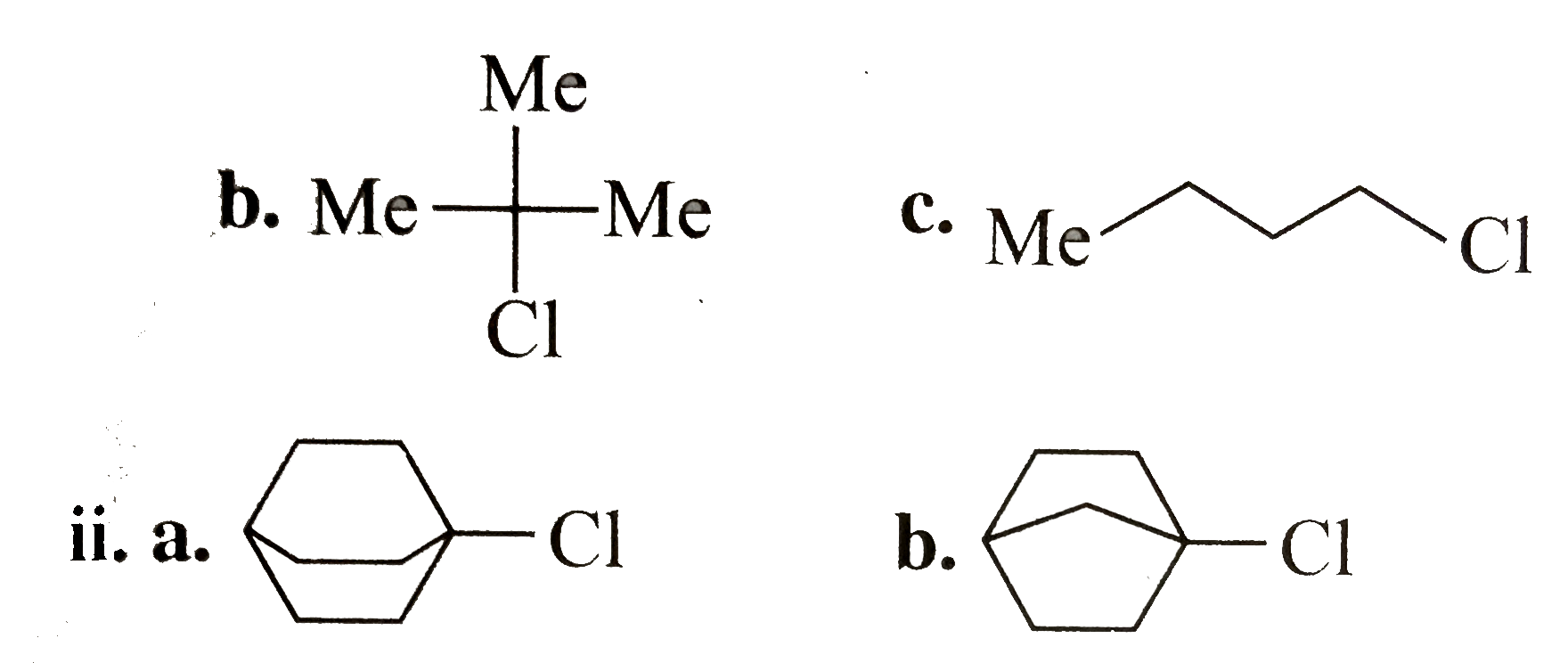 .02:44View Solution
.02:44View SolutionGive the order of `(a)` nucleophilicity `(b)` basic character, and `(c)` fugacity of the following :
(i) `F^(Ө)`
(ii) `Cl^(Ө)`
(iii) `Br^(Ө)`
(iv) `I^(Ө)`.02:20View SolutionGive the most reactive substrate in each of the following pair with `overset (Ө) O H` ions under `SN^2` conditions.
(a) `C_2H_5 I` and `C_2H_5 Cl`
(b) `p-Br-C_6H_4CH_3` and `PhCH_2Br`
(c) `CH_3Cl` and `CH_2Cl_2`
(d) 04:55View Solution
04:55View SolutionOutline the synthesis of following compounds from suitable nucleophiles and an appropriate halide.
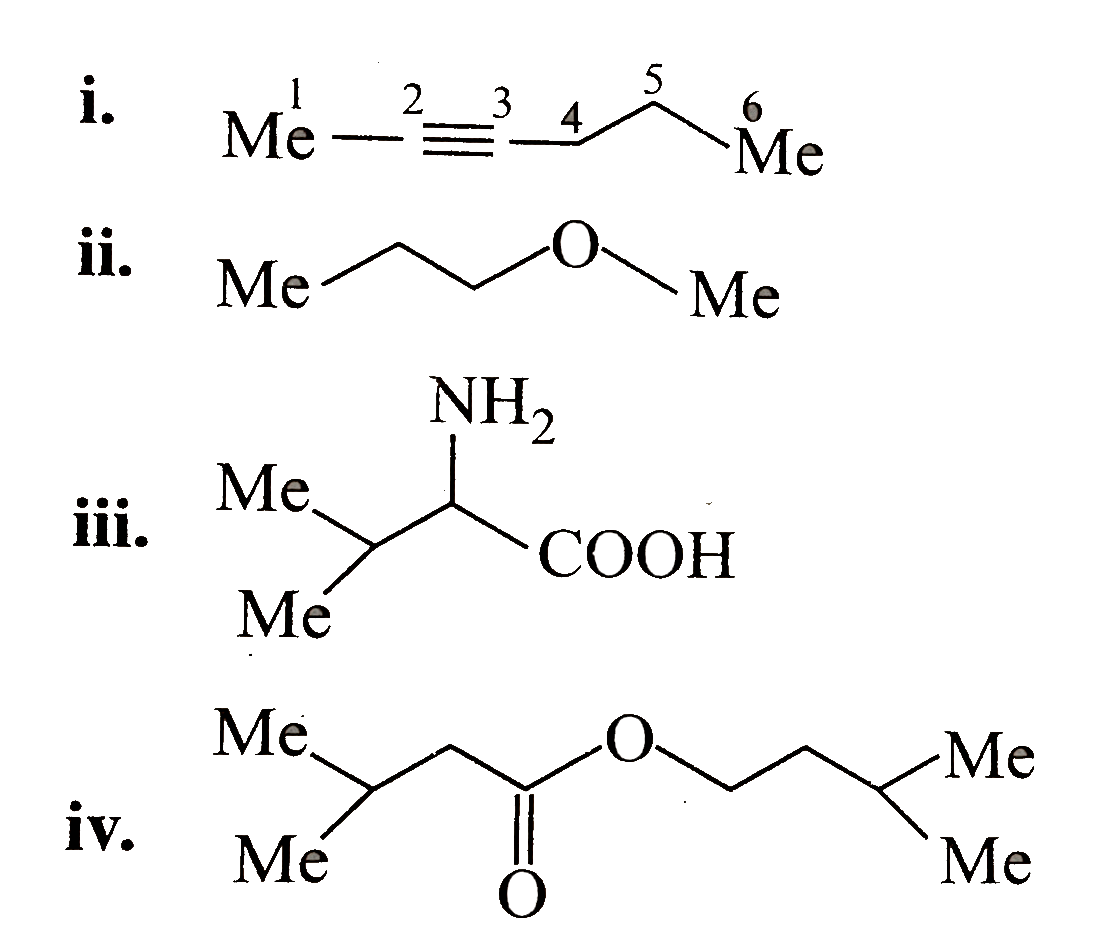 .02:55View Solution
.02:55View SolutionGive a suitable mechanism for the following :
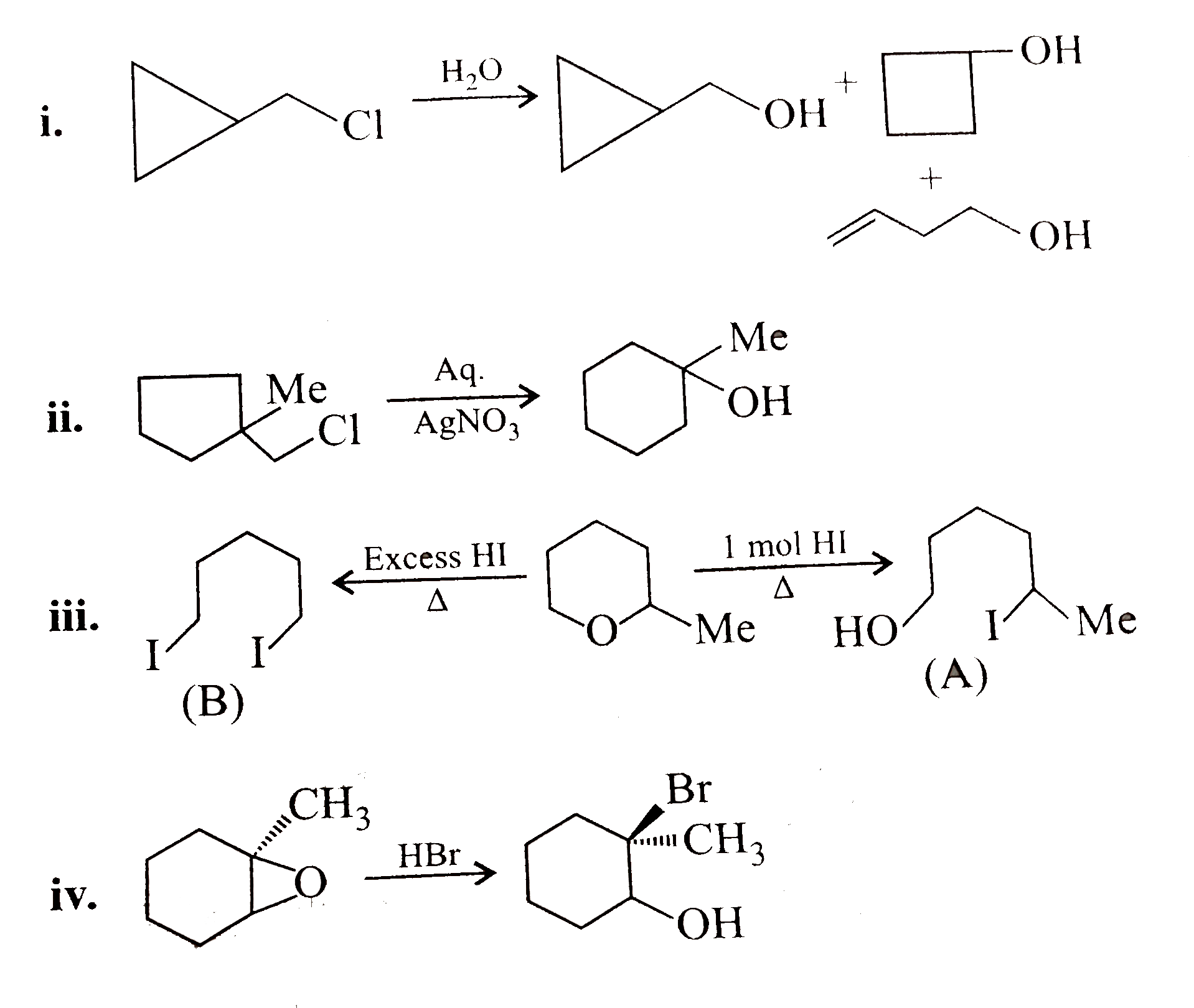 .08:07View Solution
.08:07View SolutionPredict the order of reactivity of the following halides with (a) NaI in acetone
(b) aq.alcoholic `AgNO_3`
(i) `CH_3Br`
(ii) `C_2H_5Br`
(iii) `PhCH_2Br`
(iv) .04:48View Solution
.04:48View SolutionExplain :
(a)`ClCH_2OCH_3` (chloromethyl methyl ether) undergoes `SN^1` reaction.
(b) `(+)-4` -Bromo-2-pentene forms a racemic mixture on treatment with `NaI`.02:41View SolutionWrite the products of the following `SN` reactions.
 .03:34View Solution
.03:34View SolutionComplete the following reaction
 03:34View Solution
03:34View SolutionBromobenzene can be dehydrobrominated to benzyne by three possible routes. Explain. Which paths are desirable ?
04:31View SolutionClassify the following reactions as addition, elimination, substitution, condensation, rearrangement, geometric isomerisation, or oxidation/reduction.

 .01:50View Solution
.01:50View SolutionFrom the following elimination reactions, predict which one is Hofmann or Saytzeff (Zaitev) type.
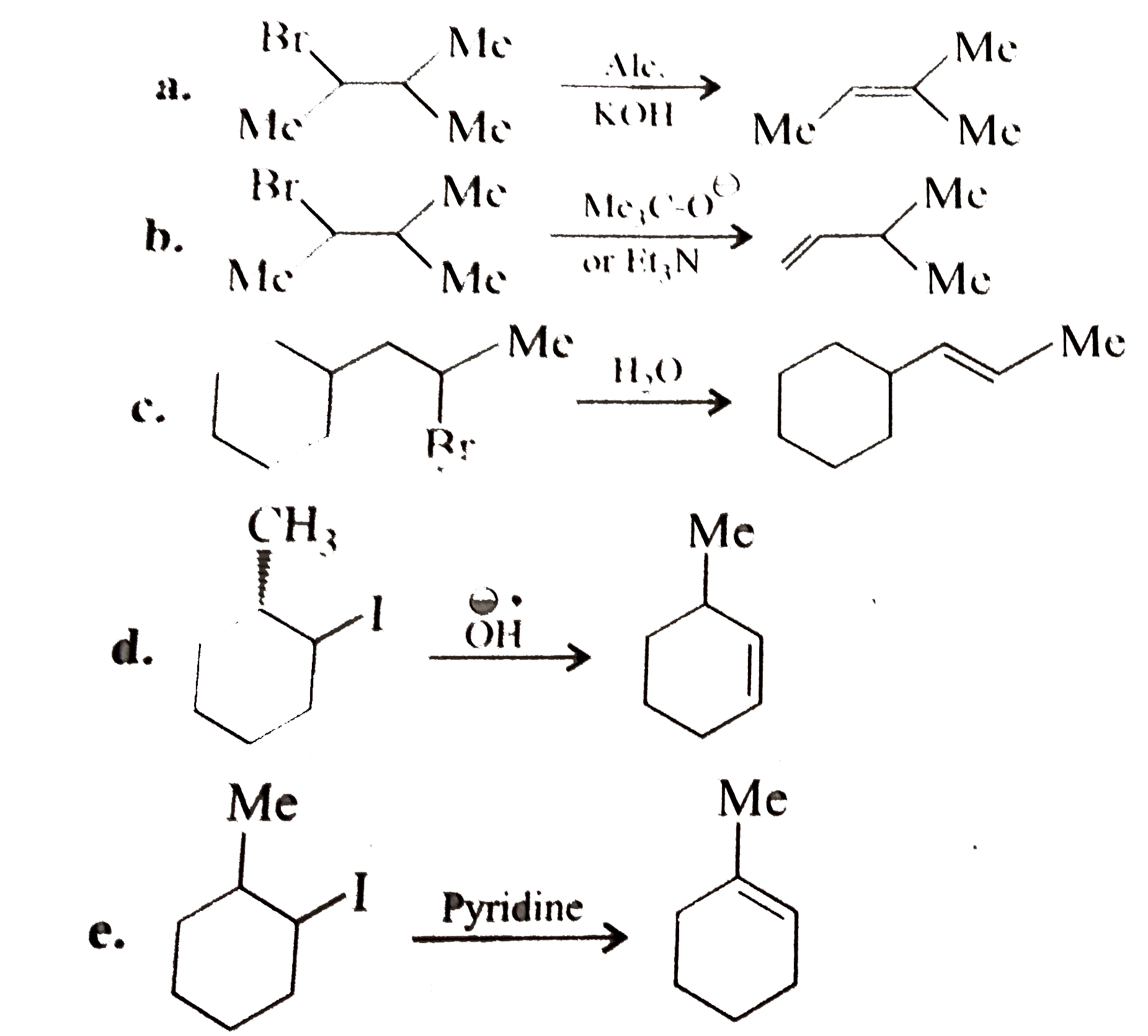 02:29View Solution
02:29View SolutionWhich one is more reactive towards acidcatalysed hydration ? Predict the stereochemical alcohols formed form the compound.
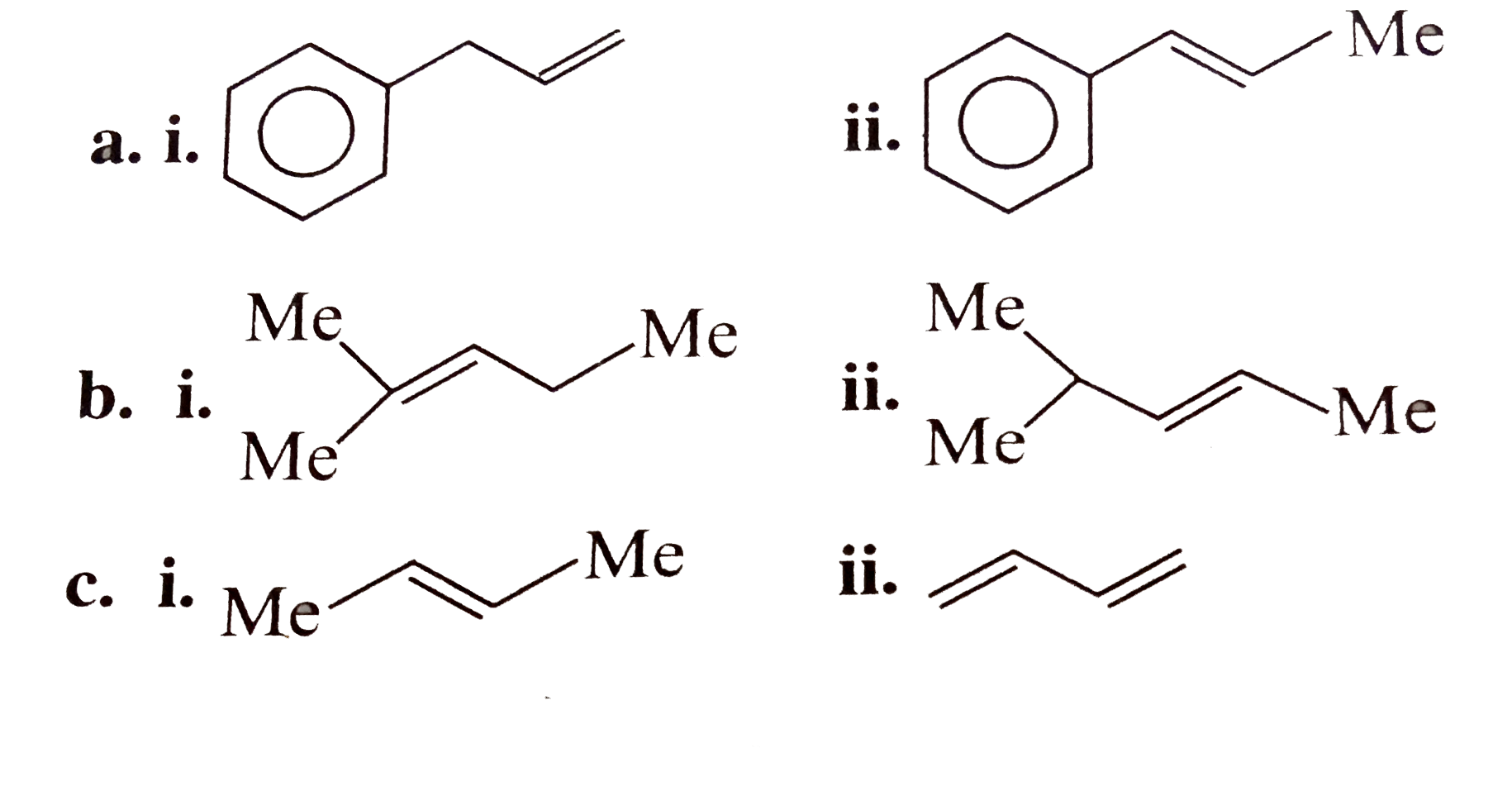 .05:31View Solution
.05:31View SolutionWhich one hydrolyses at a faster rate by `SN^1` mechanism ?
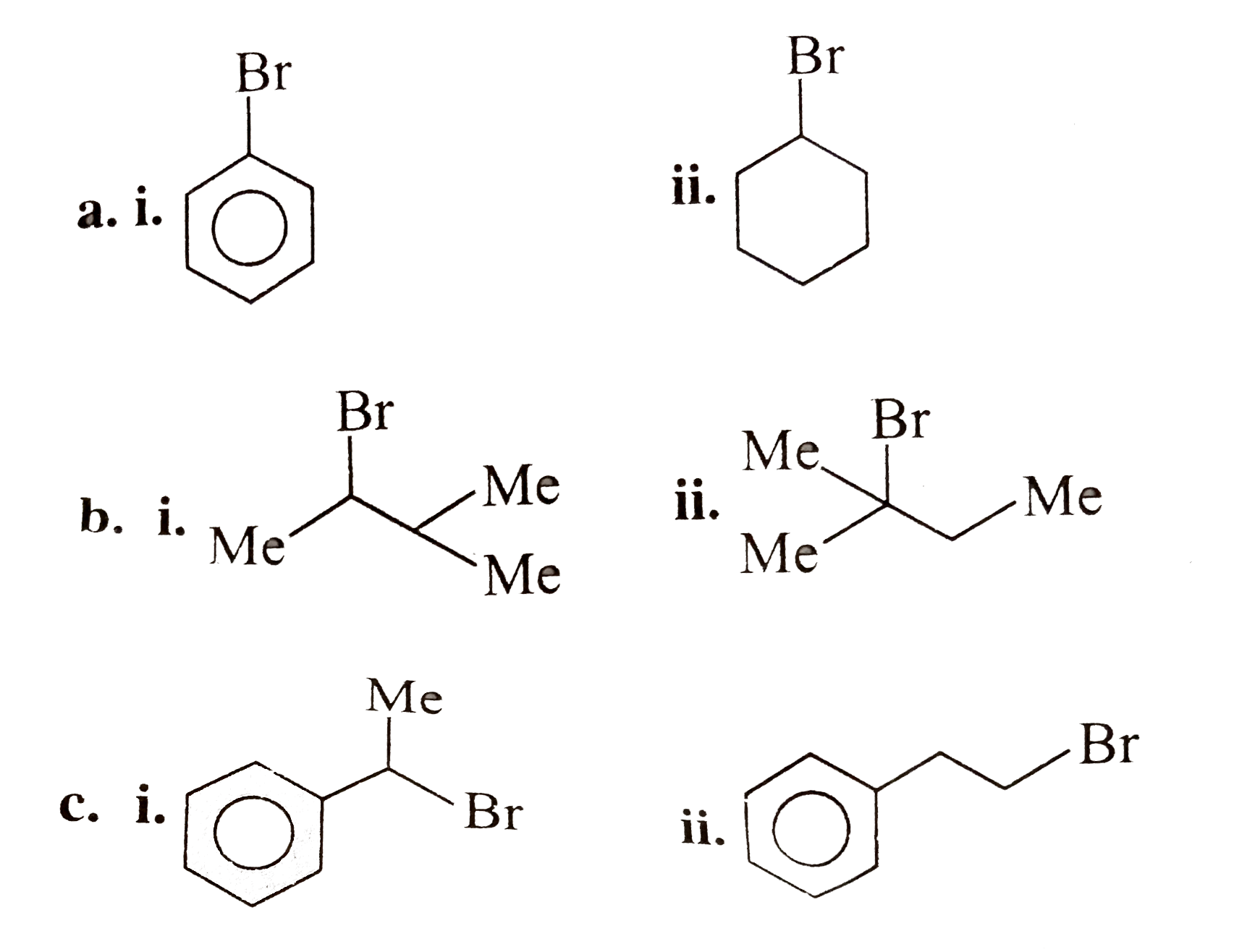 . 02:39View Solution
. 02:39View SolutionExplain :
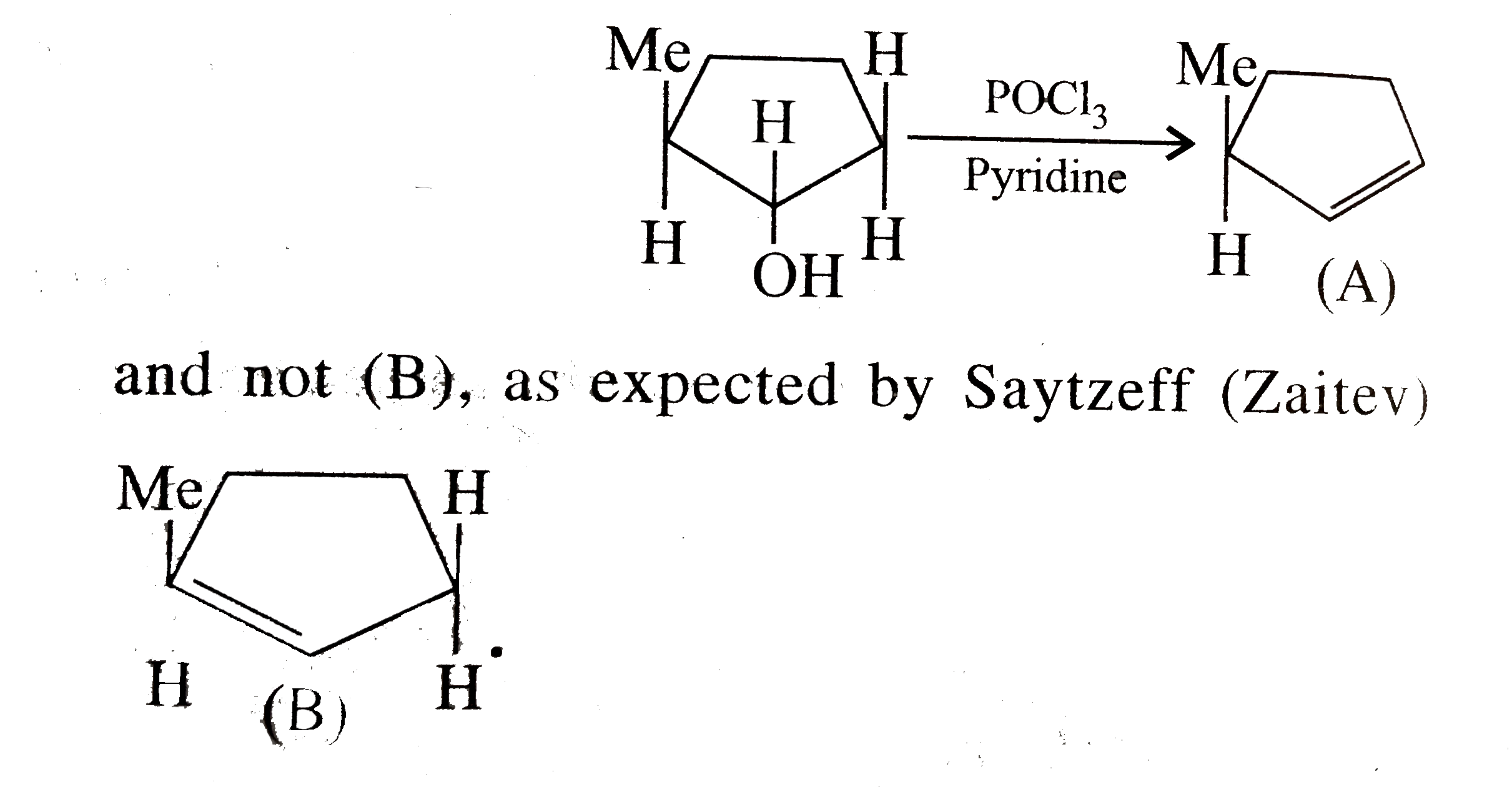 06:00View Solution
06:00View SolutionWhat are the products of addition of `D_2` to trans-2-pentene.
02:13View SolutionMeso-2,3-dibromobutane reacts with iodide ion more rapidly than does `(+-)` compounds. What are the respective alkenes formed ? Explain.
 .04:50View Solution
.04:50View SolutionMustard gas `(ClCH_2CH_2)_2-S` hydrolysed by water to `Cl(CH_2)_2 S(CH_2)_2 OH` much faster than expected for a primary halide. Offer an explanation.
03:37View SolutionGive the product, indicating stereo-chemistry of cyclohexene with `Br_2`
04:36View Solution1,2-Dimethylcyclohexene undergoes only trans-addition with `HBr`
in non-polar solvents but both cis-and trans-additions
occur with aq. Acid. Explain.06:01View SolutionComplete the following and state the relations between configurations of the reactant and products.
(i) `._(D-)MeCH(OH)Et + Ac_2 O rarr` ?
(ii) `._(D-)MeCH(Cl)COOH + 2 NaOH rarr` ?02:58View Solution
Solved Example questions and complete solutions for chapter ORGANIC REACTION MECHANISM of CENGAGE CHEMISTRY (ENGLISH) of Class 11
